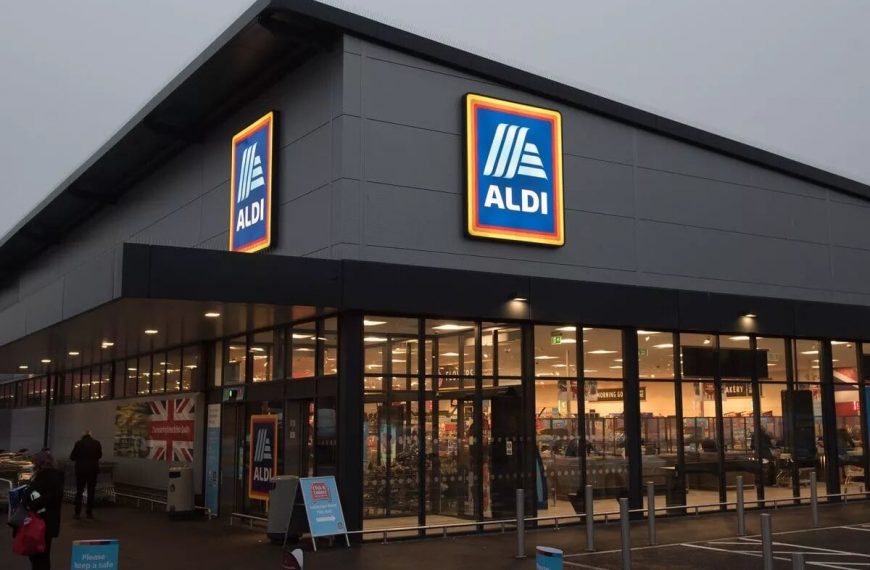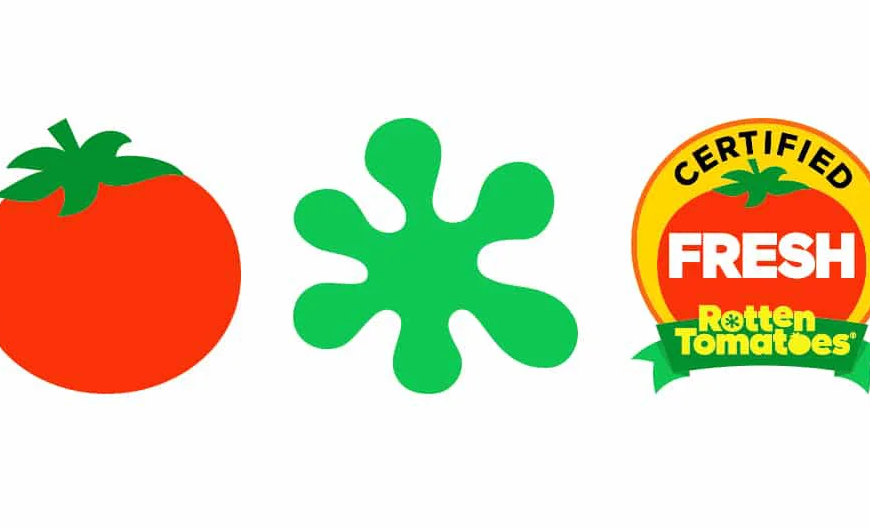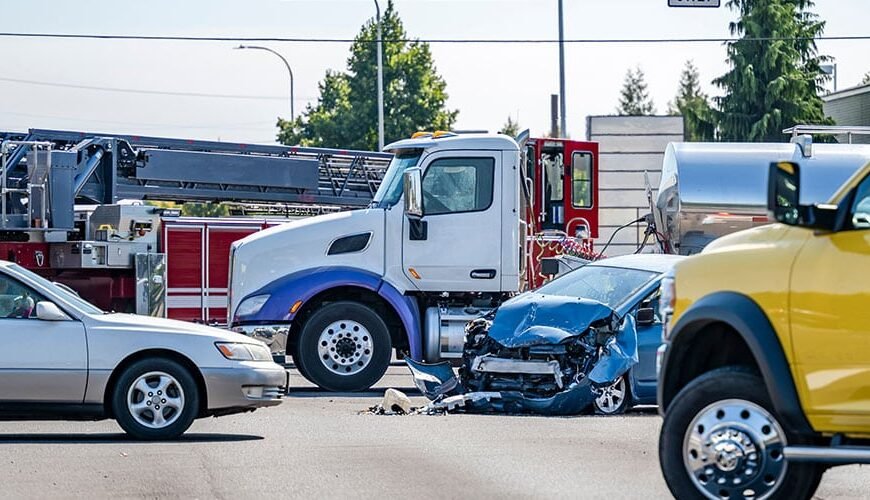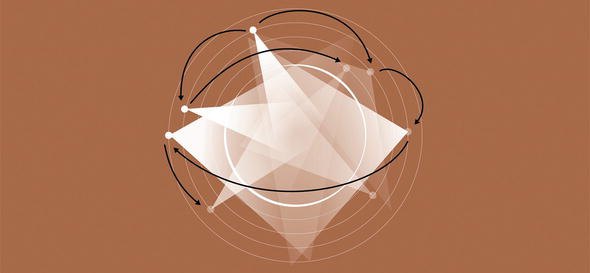Junk removal is a common task for homeowners, businesses, and property managers. Whether you’re decluttering your home, renovating a property, or simply getting rid of old items, it’s important to prioritize safety, especially when dealing with hazardous materials. Hazardous materials can pose serious health and environmental risks if not handled properly. This piece will talk about important rules and tips for safety handling and getting rid of dangerous items during junk removal.
Identifying Hazardous Materials
Before you begin your junk removal project, it’s crucial to identify any hazardous materials that may be present. Some examples of dangerous products are, but are not limited to:
Chemicals: If you don’t know how to use them right, household chemicals like paints, cleaners, poisons, and cleaning products can be dangerous.
Asbestos: Older buildings may contain asbestos in insulation, floor tiles, and roofing materials. Disturbing asbestos without proper precautions can lead to severe health risks.
Electronics: Old electronics, also known as e-waste, may contain harmful components like lead, mercury, and cadmium.
Batteries: Toxic chemicals that are bad for people and the environment can be found in batteries, especially charged ones.
Fluorescent Bulbs: There is some mercury in these lights, and it can leak out if they break.
Medical Waste: To keep people from getting hurt, sharps, needles, and outdated medicines should be thrown away in a safe way.
Safety Precautions
Once you’ve identified hazardous materials, follow these safety precautions during your junk removal project:
Wear Proper Protective Gear: Invest in the appropriate personal protective equipment (PPE) such as gloves, safety goggles, and masks. Depending on the materials involved, you may also need coveralls and respirators.
Handle Chemicals with Care: When dealing with hazardous chemicals, follow the manufacturer’s instructions for storage and disposal. Avoid mixing different chemicals, as this can produce dangerous reactions. Use proper ventilation when working with volatile substances.
Asbestos Awareness: If you suspect asbestos-containing materials, do not disturb them. Contact a certified asbestos abatement professional to assess and safely remove them. Asbestos fibers are extremely dangerous when inhaled.
E-Waste Disposal: Separate e-waste from other junk and dispose of it at an authorized e-waste recycling center. This ensures that valuable materials are recycled, and hazardous components are properly managed.
Battery Handling: Recycle batteries at designated collection points. Do not puncture or dispose of them in regular trash. This prevents the release of harmful chemicals.
Fluorescent Bulb Safety: Use caution when handling fluorescent bulbs. Wear gloves and place broken bulbs in a sealed container for disposal. Avoid direct contact with the broken glass and mercury vapor.
Medical Waste Disposal: For sharps and medical waste, use a designated sharps container. Ensure proper disposal according to local regulations, as medical waste can be hazardous.
Disposal Methods
Proper disposal of hazardous materials is essential to protect the environment and public health. Follow these guidelines for disposing of hazardous materials during junk removal:
Local Regulations: Learn about the rules and laws in your area for getting rid of hazardous trash. Handling and getting rid of dangerous things may be regulated in different places.
Hazardous Waste Collection Events: In many places, people can drop off dangerous items to be safely thrown away at events where toxic trash is collected.
Hire a Professional: For large-scale junk removal projects involving hazardous materials, it’s advisable to hire a professional junk removal Alexandria VA service that specializes in hazardous waste disposal. They have the expertise and resources to handle these materials safely and responsibly.
Recycling Centers: Many hazardous materials, such as electronics, batteries, and fluorescent bulbs, can be recycled. Research local recycling centers that accept these items and follow their guidelines for drop-off.
Chemical Disposal Facilities: Contact local chemical disposal facilities or hazardous waste disposal companies for guidance on proper disposal methods for chemicals and other hazardous substances.
Donation or Reuse: If some of your items can be safely reused or donated, consider these options. Just make sure to clean them well and get them ready to give away.
Conclusion
Safety should always be the top priority when dealing with hazardous materials during junk removal. Proper identification, protective gear, and adherence to disposal regulations are essential for safeguarding your health and the environment. Remember that professional junk removal Woodbridge VA services can take care of dangerous materials and make sure they are thrown away safely and responsibly. By following these tips and guidelines, you can tackle your junk removal project with confidence, knowing that you are protecting yourself, your community, and the planet.













